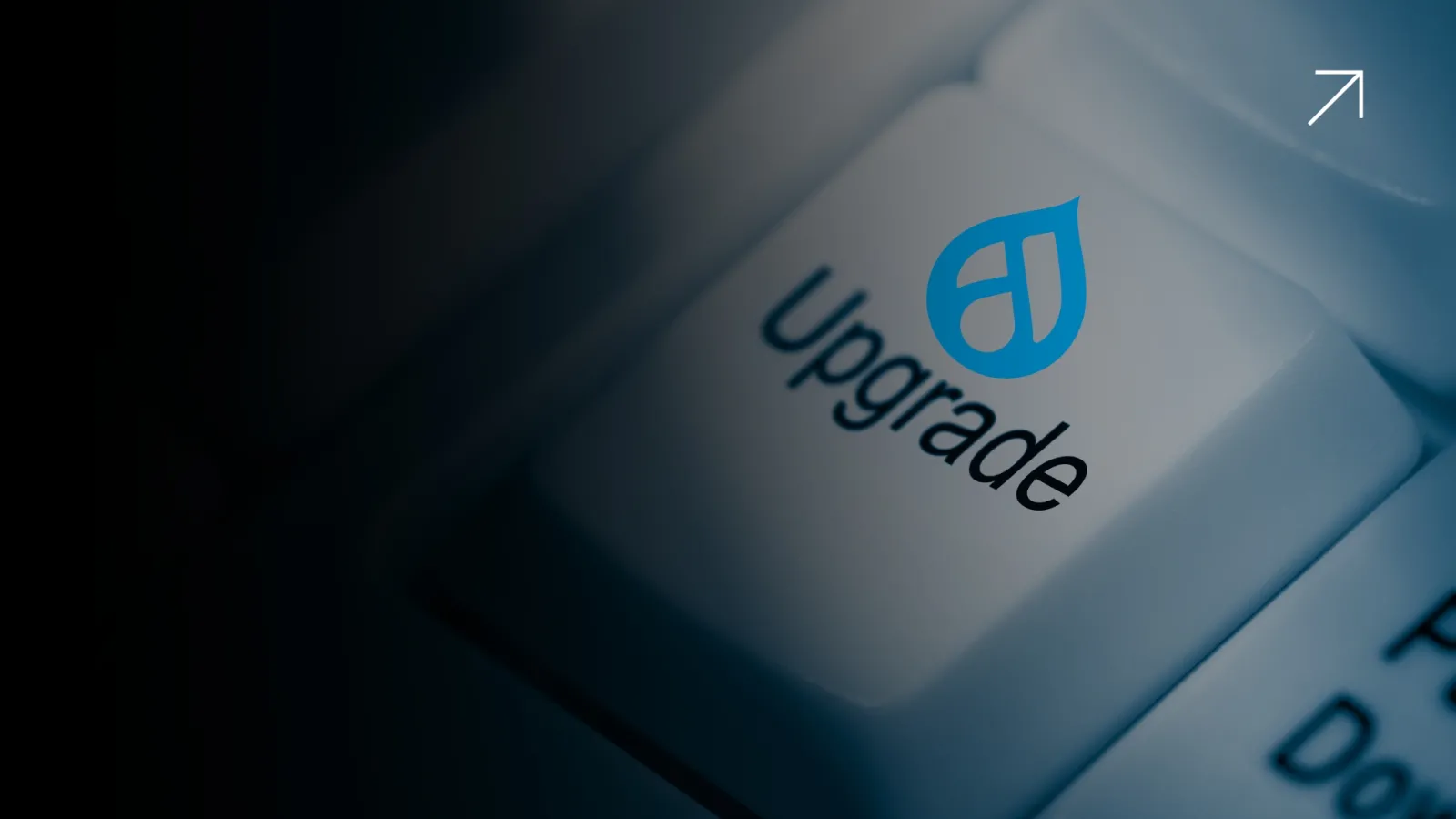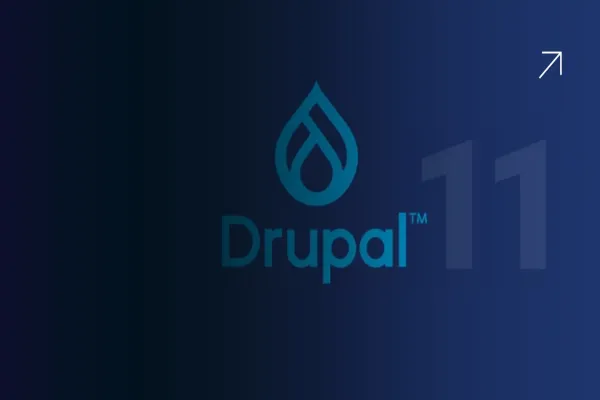Upgrading from Drupal 7 to Drupal 11 is more than a technical necessity—it's a strategic business decision that can drive growth, enhance security, and improve user engagement. While Drupal 7 has served businesses well, its end-of-life status as of January 5, 2025, necessitates a transition to ensure continued support and innovation
With Drupal 7 end-of-life (EOL) on January 5, 2025, organizations still operating on this version face significant risks, including security vulnerabilities, compliance issues, and escalating maintenance costs. Upgrading to Drupal 11 is a strategic business decision that offers numerous advantages.
Extended Life and Future-Proofing
Drupal 11 provides a robust foundation for future growth, offering long-term support and a vibrant community that ensures the CMS remains up-to-date with the latest technological trends. This extended lifecycle means businesses can rely on a stable platform for years to come, reducing the need for frequent overhauls and allowing for better allocation of resources.
Lower Lifecycle Value and Cost Efficiency
The open-source nature of Drupal 11 eliminates licensing fees, and the active community contributes to a wealth of modules and resources, minimizing the need for custom development. This collaborative ecosystem reduces total cost of ownership and ensures that businesses can adapt quickly to changing market demands without incurring significant expenses.
Enhanced Security and Compliance
With cybersecurity threats on the rise, Drupal 11's advanced security features are crucial. Regular security updates, role-based access controls, and adherence to best practices ensure that your website remains secure and compliant with regulations like GDPR and HIPAA. The platform's commitment to security helps protect sensitive data and maintain customer trust.
Improved Performance and Scalability
Drupal 11 introduces performance enhancements, including optimized caching and efficient asset-loading mechanisms. These improvements result in faster load times and better scalability, accommodating growing traffic and content needs. A faster, more responsive website enhances user experience and can lead to increased engagement and conversions.
Enhanced User Experience and Accessibility
The revamped administrative interface in Drupal 11 offers a more intuitive and user-friendly experience. Features like the Workspaces module allow for seamless content staging and deployment, while compliance with WCAG 2.1 ensures accessibility for all users. An accessible website not only broadens your audience but also demonstrates a commitment to inclusivity.
SEO Optimization and Digital Marketing
Drupal 11 comes equipped with improved SEO tools, including better URL management, metadata handling, and mobile enhancements. These features help maintain and boost your website's search engine rankings, contributing to sustained and improved search visibility. The platform's SEO capabilities support digital marketing efforts, driving traffic and increasing brand awareness.
Risks of Remaining on Drupal 7
While Drupal 7 has been reliable, its outdated architecture poses challenges. The lack of support for modern technologies and the end of official support increase vulnerability to security threats and hinder integration with contemporary tools. Continuing to operate on Drupal 7 can lead to higher maintenance costs and potential legal liabilities due to non-compliance with current standards.
Conclusion
Migrating from Drupal 7 to Drupal 11 is a strategic move that offers numerous business benefits, including enhanced security, performance, and user experience. By upgrading, businesses position themselves for future growth, ensuring their digital platforms remain robust, secure, and competitive.





